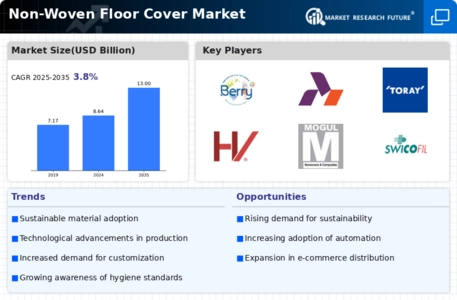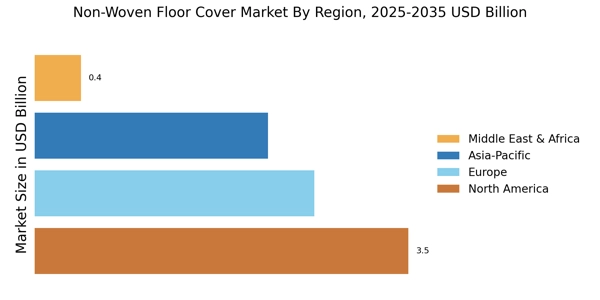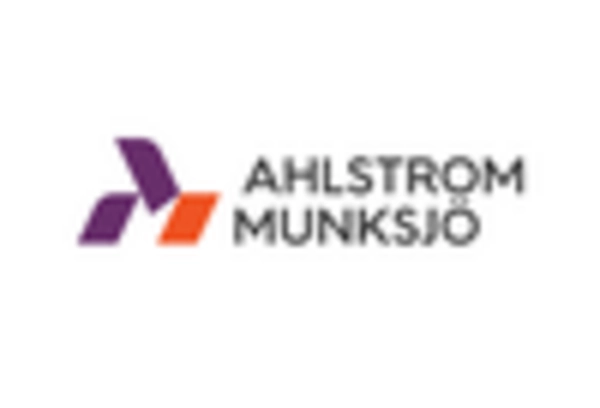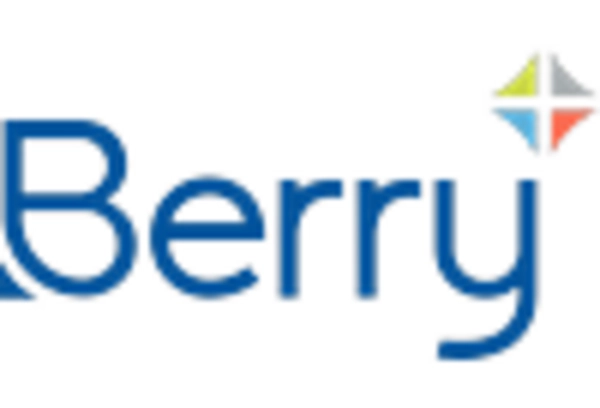Cost-Effectiveness
Cost considerations are playing a crucial role in shaping the Non-Woven Floor Cover Market. Non-woven floor covers are often more affordable compared to traditional flooring options, making them an attractive choice for budget-conscious consumers and businesses. The lower production costs associated with non-woven materials can lead to competitive pricing, which is likely to stimulate demand. Market data indicates that the price sensitivity among consumers is increasing, particularly in emerging markets where cost-effective solutions are essential. This trend suggests that non-woven floor covers may capture a larger market share as they provide a balance between quality and affordability.
Regulatory Compliance
Regulatory frameworks aimed at improving indoor air quality and promoting the use of non-toxic materials are influencing the Non-Woven Floor Cover Market. Governments and organizations are increasingly implementing standards that require flooring products to meet specific health and safety criteria. Non-woven floor covers, often designed to be low in volatile organic compounds (VOCs), are well-positioned to comply with these regulations. This compliance not only enhances consumer trust but also opens up new market opportunities. As awareness of health-related issues continues to grow, the demand for compliant non-woven products is expected to increase, further driving market growth.
Diverse Application Areas
The versatility of non-woven floor covers is a significant driver for the Non-Woven Floor Cover Market. These products are increasingly utilized in various sectors, including residential, commercial, and industrial applications. For instance, non-woven floor covers are favored in healthcare settings due to their ease of cleaning and maintenance, which is crucial for infection control. Additionally, the hospitality industry is adopting these materials for their aesthetic appeal and durability. Market analysis indicates that the commercial segment is expected to account for a substantial share of the market, driven by the growing trend of using non-woven materials in high-traffic areas.
Technological Innovations
Technological advancements are transforming the Non-Woven Floor Cover Market, leading to enhanced product performance and durability. Innovations in manufacturing processes, such as advanced bonding techniques and the use of high-performance fibers, are enabling the production of non-woven floor covers that are more resilient and easier to maintain. Market data suggests that the introduction of smart flooring solutions, which integrate sensors and IoT technology, could potentially reshape consumer preferences. As these technologies become more prevalent, they may drive demand for non-woven options that offer both functionality and style, thereby expanding the market further.
Sustainability Initiatives
The increasing emphasis on sustainability appears to be a pivotal driver for the Non-Woven Floor Cover Market. As consumers and businesses alike become more environmentally conscious, the demand for eco-friendly flooring solutions is likely to rise. Non-woven floor covers, often made from recycled materials, align with these sustainability goals. This shift is reflected in market data, indicating that the eco-friendly segment of the flooring industry is projected to grow at a compound annual growth rate of approximately 6% over the next five years. Manufacturers are responding by innovating products that not only meet aesthetic needs but also adhere to environmental standards, thereby enhancing their market appeal.


















Leave a Comment